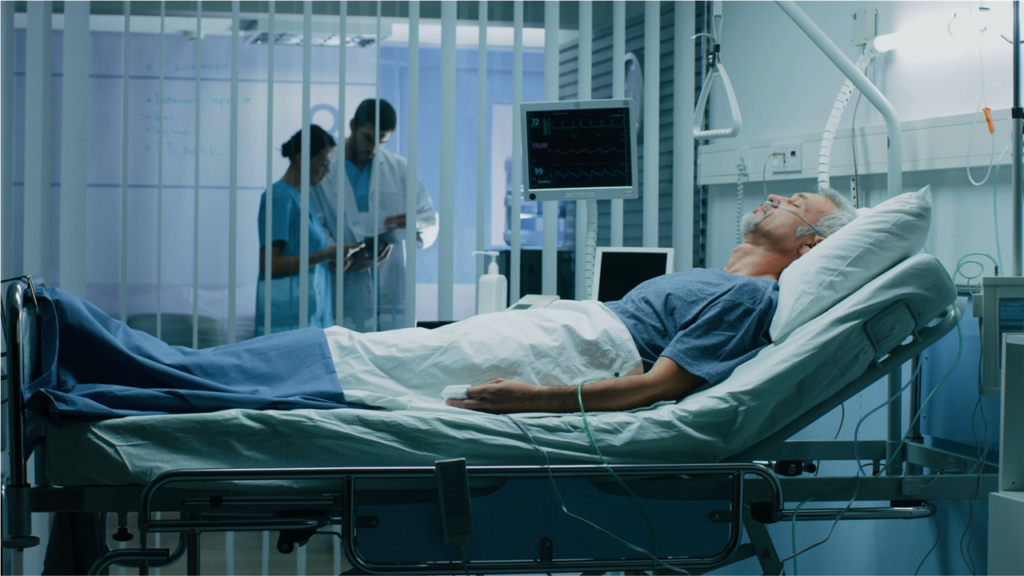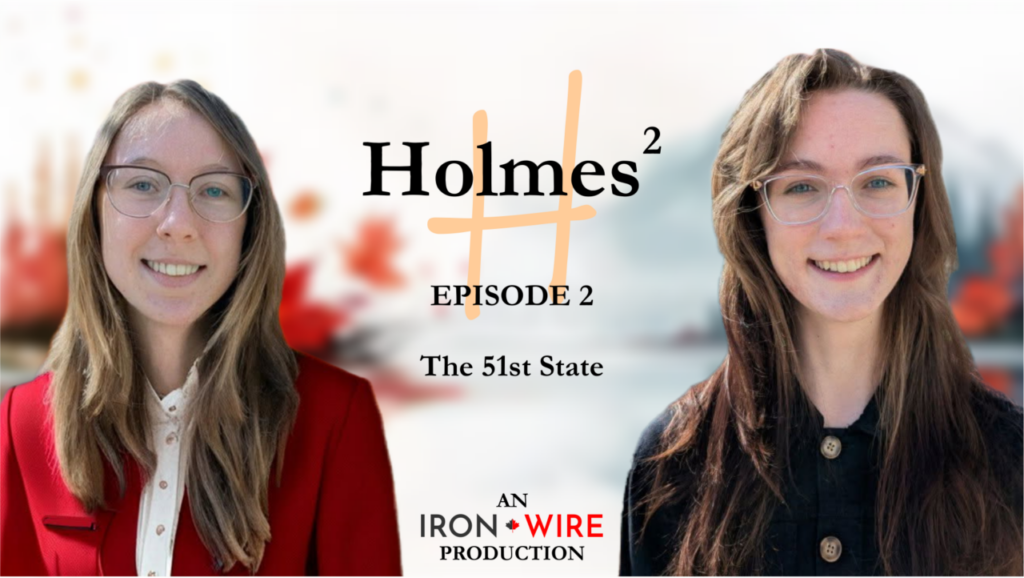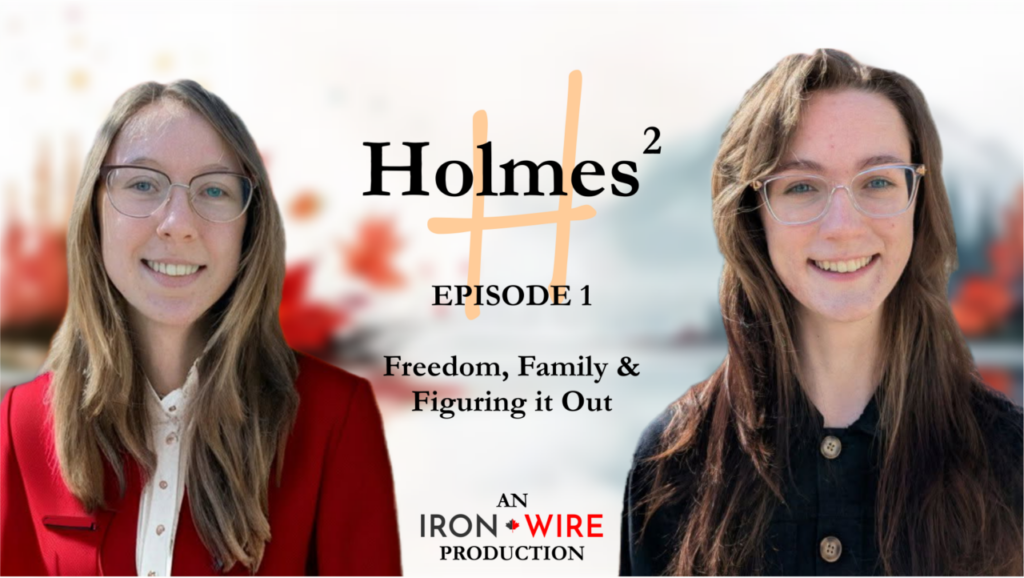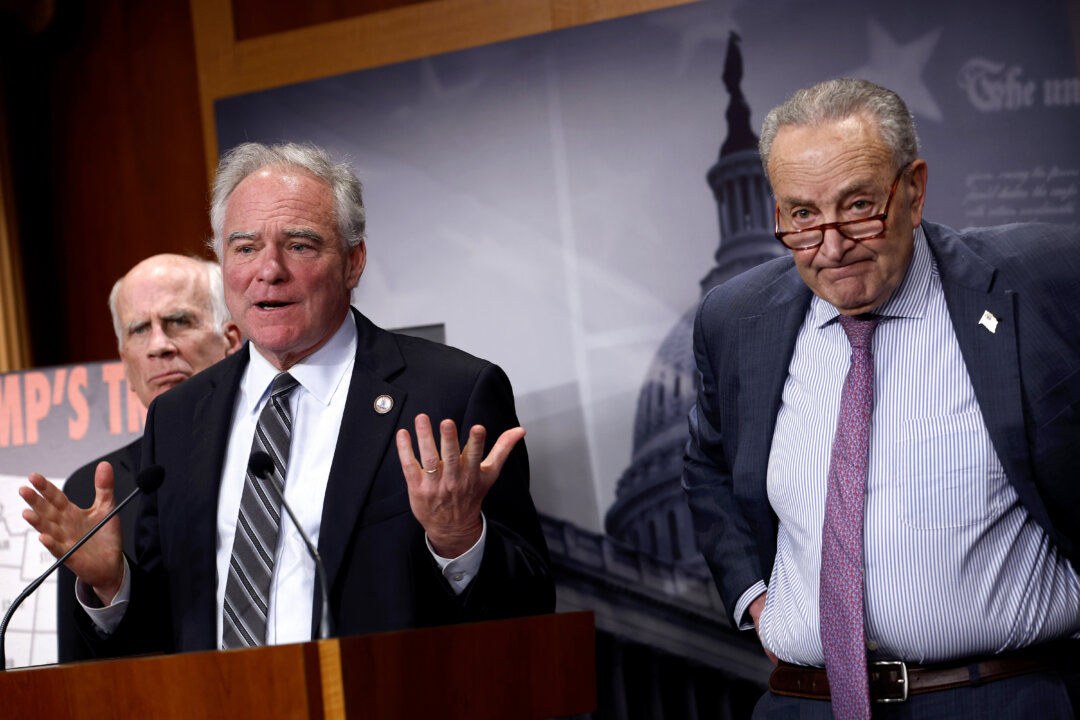I Worked at Planned Parenthood for 15 Years—Here’s Why It Shouldn’t Get Taxpayer Dollars
Do states have the right to refuse to give taxpayer dollars to Planned Parenthood and other abortion facilities within their borders? As someone who worked at Planned Parenthood for more than 15 years and who knows what they do with that money, I can say unequivocally that they should have that right.
One of the legal points being addressed on Wednesday at the U.S. Supreme Court as it hears arguments in Medina v. Planned Parenthood South Atlantic is whether South Carolina officials have a right to refuse Medicaid funding—that is, taxpayer dollars—to the two Planned Parenthood centers and other abortion facilities in their state.
Underlying that legal concern, being presented to the court by attorneys with Alliance Defending Freedom, who are representing the state, is a more basic question: What is Planned Parenthood really about, and what are taxpayers really funding?
If you want a short, simple, and accurate answer to that question, ask someone who saw firsthand how Planned Parenthood functions and who understands its priorities.
From 2000 to 2017, I worked at every level of Planned Parenthood, from the front desk to the labs, doing everything from showing videos to managing up to three centers at a time across Arizona. What started out for me as a job with good benefits that would let me help my people (I was born in Mexico) and serve women in need ended up as something altogether different—a front-row seat for the big business of killing babies.
That’s really the first and most important thing to remember about Planned Parenthood: It is a corporation, not a health clinic. Its first priority is to make money. And you make a lot more money aborting babies than you do providing prenatal care, cancer screening, and ultrasounds. You make no money at all referring pregnant women to have their babies and give them up for adoption.
That also explains why, in recent years, for every unborn child Planned Parenthood has referred for adoption, it has aborted more than 200 others.
I was personally opposed to abortion when I started at Planned Parenthood. But I figured what other women did was up to them, and my new employers said I’d find plenty else to do. I assured my devout Catholic mother that I was working on “the other side” of the business.
But as the years went by and I took on more and more responsibility, I saw so many things that made me wonder if there really was a good side to what we were doing.
We assured clients all the time that our services were free—but they weren’t. We were able to mark down some costs for clients, thanks to federal Title X funding available to us for “family planning” services other than abortion. But we still found ways to charge for our services—and I was instructed to ask every client for money.
Under federal law, we were under a strict directive to use federal funding, like Medicaid dollars and Title X funding, only for non-abortion services: contraceptives, breast and cervical cancer screening, infertility services, prenatal ultrasounds, and checks for miscarriages. But Planned Parenthood kept finding ways around that.
In some centers, we only offered abortions one day a week. The Title X money, I was told, only went to fund what we did on other days. But how do you factor utilities into that? Or the time spent with women who come in with questions about abortion any day of the week? Or the pelvic exams, blood work, and ultrasounds done in preparation for abortions done on those other days? Or those who call in agony on those other four days because their abortion drugs aren’t working the way our medical team said they would?
I took a lot of those calls. Almost every day, we heard from women who were experiencing incredibly more pain than the medical staff had promised … who were bleeding out over a bathroom floor … who were horrified to find themselves trying to flush a baby’s corpse down the toilet.
“Just go to the ER,” we were instructed to tell them. “And make sure you say it’s a miscarriage.”
Nothing was allowed to stop the push for abortions. If a woman’s blood pressure was too high or her iron count too low for the procedure, nurses kept rechecking the numbers until they found what they wanted to see. If a woman in the surgical room had serious second thoughts about killing her baby, a doctor would go in and talk to her until she agreed to go through with it.
We paid the staff who did abortions more than we paid other workers. We gave them bigger Christmas bonuses. When I presented ways of expanding or converting our facilities to accommodate a wider array of non-abortion services, I was reminded—again and again—that that’s not where the money was.
And when I kept expressing my concerns about all of this, I was fired.
So, when South Carolina’s governor says the people of his state want their hard-earned tax dollars to support the 140 federally qualified women’s health care clinics and pregnancy centers that provide a broad range of high-quality, life-affirming health care services—rather than the two Planned Parenthood centers that offer mostly abortions and dangerous “gender-transition” drugs—I’m with the people of South Carolina.
I’d like to see states have the freedom to use their limited resources to provide safer health care options for women—not line the pockets of a corporation in the killing business. I hope the Supreme Court sees it that way, too.
We publish a variety of perspectives. Nothing written here is to be construed as representing the views of The Daily Signal.












